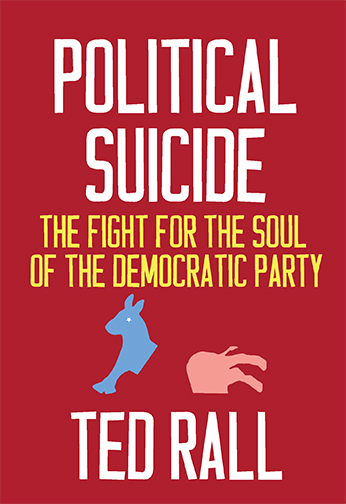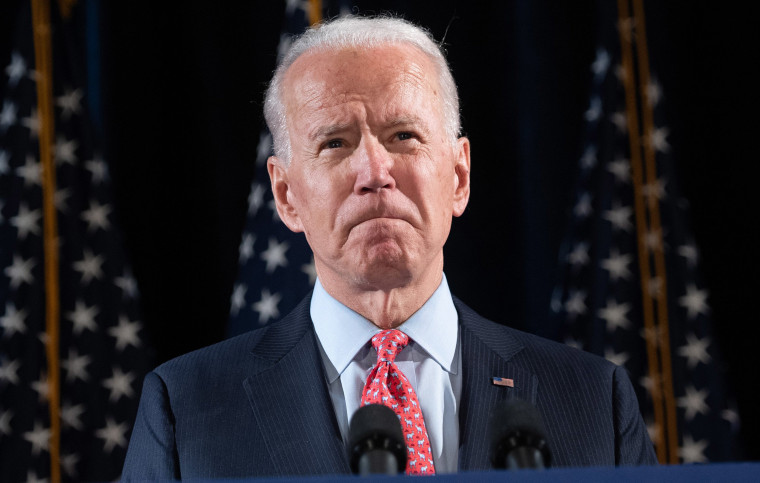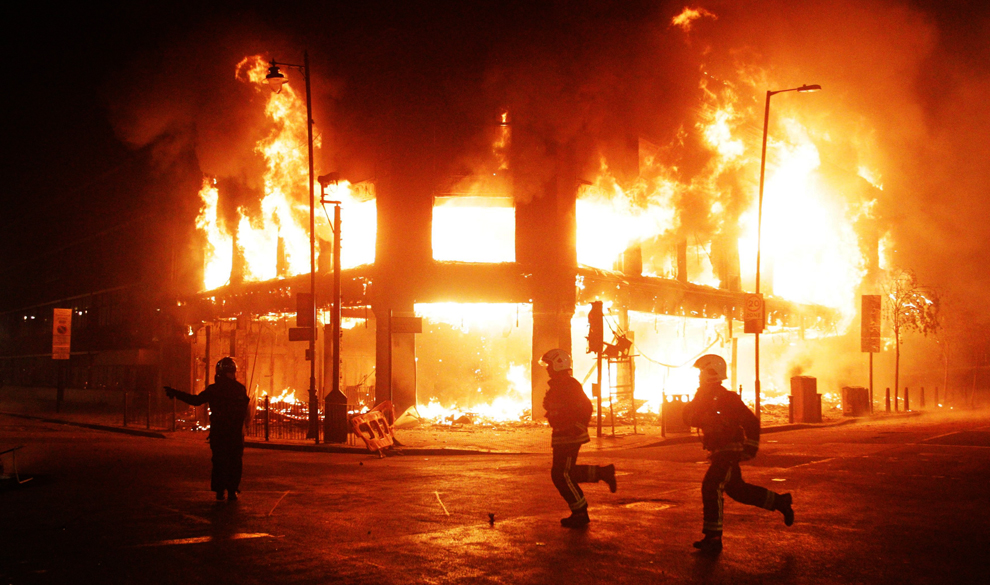Few things are more terrifying than the unknown, as we are discovering as we struggle to navigate, avoid and (if we fail) survive a mysterious new virus. That goes double when reliable information is hard to come by; it is unquantifiably worse without credible leadership.
“Who ya gonna believe,” Chico Marx asked, “me or your own eyes?” More than other cultures of which I am aware, Americans are acculturated to ignore their instincts and the truth of their observations. A smoker might wake up coughing up phlegm every morning for decades yet he only begins to internalize that tobacco is dangerous to his health after a surgeon general he has never met issues a report. You might live in the same house years on end but discount your observation of the fact that it used to snow but now it doesn’t; global warming only becomes official when hundreds of climate scientists certify what you already knew.
Sometimes you have to trust yourself.
Even when you are mistaken about some details.
I’m 90% sure that I had COVID-19. It was in November. I was in LA for several weeks. In March I blogged about my symptoms: “I had an incessant dry cough…I had a constant fever. My temperature ranged from about 101° during the day to closer to 103° at night. My chest was tight: it felt like a car was parked on it. I had absolutely no energy whatsoever. I was exhausted. Even walking half a block, I had to take a break. I would get back to my hotel after a meeting and be asleep by 6 PM. I would sleep 14 hours and wake up still wiped out. ‘What the hell,’ I would ask myself, ‘is going on?’”
I tested negative for influenza. An x-ray revealed early-stage pneumonia. I was prescribed antibiotics and a nebulizer. Obviously I recovered; here I am writing this. But I’m still weak and tired.
If I could prove I had the novel coronavirus in November, it might be a news story. Aside from a New Jersey mayor who says he is sure that he had COVID-19 in November and a 55-year-old Chinese man whom doctors say had the disease on November 17th, the scientific and journalistic consensus is that the coronavirus pandemic originated in Wuhan, China in December. Last week my physician administered a serology test to determine if I have antibodies consistent with past infection with SARS-CoV-2. It came back negative. I was puzzled. If I hadn’t had COVID-19, or the flu, what the hell was this horrible illness?
I’m 56. I’ve had trouble with my lungs my entire life: asthma, lots of bronchitis, several cases of pneumonia, swine flu. My symptoms are remarkably consistent. My November experience was nothing like anything before. What bronchitis gives you fever for weeks at a time? What pneumonia?
The day after my doctor called with the negative antibody test result, the FDA issued a statement essentially declaring such lab tests worthless for the purpose of figuring out whether you’ve ever had COVID-19. So even if it had come back positive, it wouldn’t have meant anything.
Even if my test had been 100% reliable, and it had come back positive, all the test result would have proven is that I had COVID-19 at some point. It would not have evidenced that I contracted COVID-19 in November. I could have caught something else in November and COVID-19 asymptomatically, later.
Further reducing my reliability as a possible COVID-19 Patient Zero is a failure of memory: in my blog, I wrote—because I believed it—that this happened in January. When I subsequently reviewed my records, I came across a photo selfie of me on the nebulizer in a West Hollywood urgent care clinic. It was dated November 15th and I had already been sick for a couple of weeks. You may be less surprised that I made such a mistake when I tell you that my mom was desperately ill at the time, and she died on February 7th after a year of hell. Whatever it was, COVID-19 or something else, definitely happened in November.
Does it matter? Scientifically of course the answer is yes. Epidemiologists benefit when they can trace a viral pandemic to its roots. Personally, medically, probably. Though the experts remain officially uncertain whether someone can be reinfected by COVID-19, the evidence appears to say that COVID-19 survivors probably cannot get reinfected to a significant extent. It wouldn’t prompt me to go out in public without a mask or stop washing my hands. I know it’s selfish but I won’t deny it: I would love the peace of mind of knowing that this particular beast isn’t going to kill me. And I would like to donate blood for use as plasma in order to treat coronavirus victims.
As it stands, most of my thoughts on this subject are a muddled rumination about the nature of humanity and the reliability of personal knowledge. If I were an animal, and had never heard of science, and had memory and self-awareness, I would know—know with the same certainty that I know I am typing this column—that I had COVID-19 and that I should probably worry about something else more than the possibility that I might get it again. But I am not an animal, I am an American filled with self-doubt, in awe of Science and the desire to document what can probably never be proven and that in fact might not be true at all.
(Ted Rall (Twitter: @tedrall), the political cartoonist, columnist and graphic novelist, is the author of the biography “Bernie,” updated and expanded for 2020. You can support Ted’s hard-hitting political cartoons and columns and see his work first by sponsoring his work on Patreon.)









 The COVID-19 medical and economic crisis remains mostly unaddressed by both the Republican and Democratic parties. They have only passed one piece of legislation that significantly helps workers:
The COVID-19 medical and economic crisis remains mostly unaddressed by both the Republican and Democratic parties. They have only passed one piece of legislation that significantly helps workers: